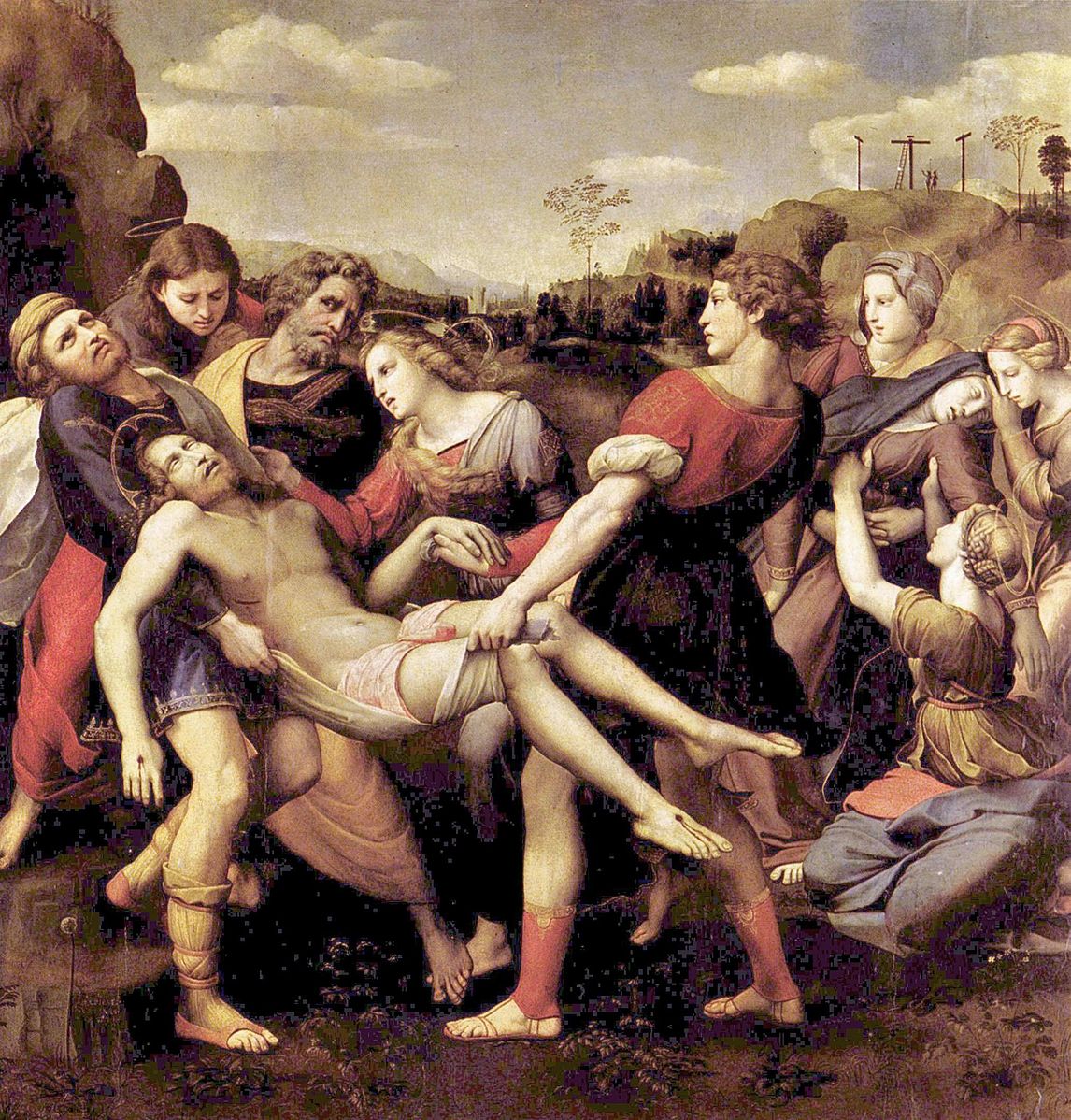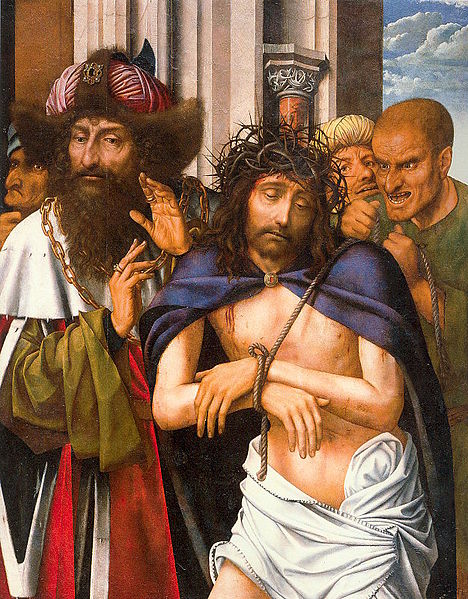Scott McKnight’s “A Community Called Atonement”
Atonement Theology, or how we understand the meaning and consequence of the death of Jesus on a Roman cross has been a much discussed topic in the last decade. I believe this is a very good thing to be asking these big questions about what is at the very heart of the Christian Faith.
If my history is right, we have William Tyndale to thank for the coinage of our english word atonement. Atonement being a concatenation of the words ‘At One’ to describe Christ’s work of restoring a good relationship — a reconciliation — between God and people.
If you are like me, you came out of a tradition that explained the totality of what Jesus did through the Cross strictly in Penal Substitutionary terms. This might have been the only lens in which you have seen what Christ has done for us. According to Wikipedia:
“Penal substitution (sometimes, esp. in older writings, called forensic theory) is a theory of the atonement within Christian Theology, developed with the Reformed tradition. It argues that Christ, by his own sacrificial choice, was punished (penalised) in the place of sinners (substitution), thus satisfying the demands of justice so God can justly forgive the sins. It is thus a specific understanding of substitutionary atonement, where the substitutionary nature of Jesus’ death is understood in the sense of a substitutionary punishment.”
Along with this strict interpretation, the dots might not have been connected between Jesus “Kingdom”message and his death on a Roman cross.
In Scott McKnight’s book, “A Community Called Atonement: Living Theology“, he argues quite persuasively for a more comprehensive and varied understanding of the atoning work of Jesus. Scott begins his exploration and explanation of the atonement by likening the various New Testament atonement metaphors to the many golf-clubs that are needed in playing a good game of Golf. He says if we were to only use one club/metaphor for an exhaustive explanation of what is happening with Jesus going to the cross then we will be playing a very poor game of golf.
Scott explores the proper understanding or Metaphors; the reality to which they point as well as a metaphors limits . He explores the question, “What did Jesus think of his death?” He gives good summary of the main atonement metaphor categories: Identification for Incorporation, Recapitulation, Ransom/Christus Victor, Satisfaction, Substituion, Representation, Penal Substitution. I feel that Scott McKnight has done us all a great service by framing the atonement in the manner that he has. Thank you. : )

